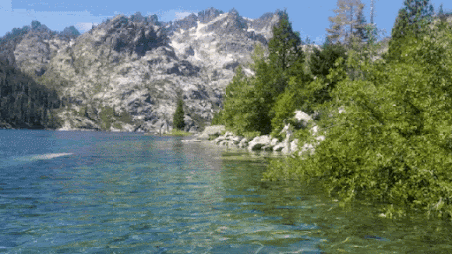What is biodiversity?
The biodiversity of an ecosystem is the collection of all the different species that live there. The biodiversity of an ecosystem includes three main factors.
• Ecosystem diversity (when an ecosystem contains a variety of smaller ecosystems).
• Species diversity (when an ecosystem contains many different species).
• Genetic diversity (when an ecosystem contains different populations of a species).
Land ecosystem
There are low levels of biodiversity in places with extreme climate conditions.
An example is the North Pole. There are average levels of biodiversity in places with a temperate climate. An example is the Sierra Nevada National Park in Spain.
 |
| North Pole |
 |
| Sierra Nevada |
There are high levels of biodiversity in tropical rainforests, where it is always warm.
Aquatic ecosystems
Aquatic ecosystems have high levels of biodiversity. There are three main types of aquatic ecosystems.
• Marine ecosystems are found in the oceans. Coral reefs in tropical, coastal waters have the highest level of biodiversity of all the aquatic ecosystems. They include over 25% of all known marine species.
• Freshwater ecosystems include rivers and lakes. They have a high level of biodiversity, with many species of plants, birds, insects and fish.
• Mixed ecosystems are where the land meets the water. This can be salt water, such as Doñana National Park or fresh water, such as Tablas de Daimiel National Park. Many birds, amphibians, fish and plants live in mixed ecosystems.











No hay comentarios:
Publicar un comentario
Nota: solo los miembros de este blog pueden publicar comentarios.